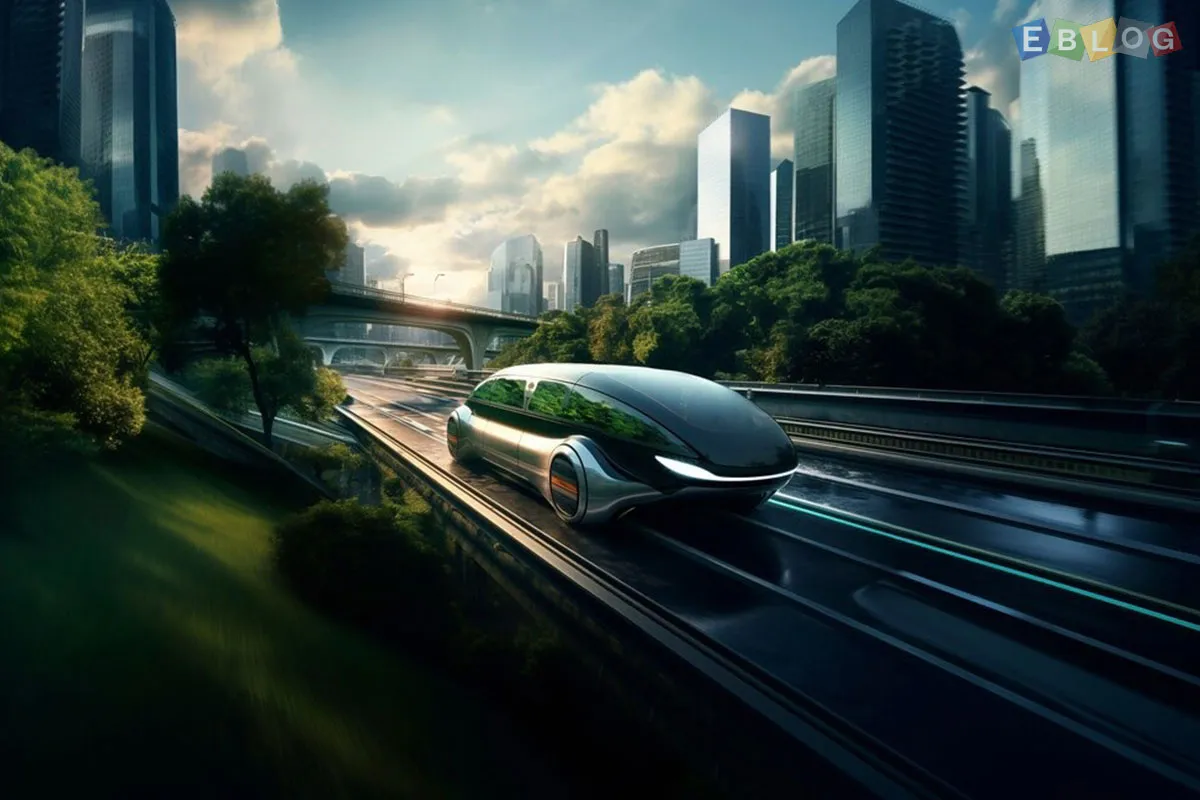
The Future of Transportation: Electric Vehicles and Beyond
- 21 Oct, 2024
- Tech
- 361 Views
- 0 Comments
As we move further into the 21st century, the transportation landscape is undergoing a significant transformation. With growing concerns about climate change, urbanization, and the need for sustainable solutions, electric vehicles (EVs) have emerged as a pivotal player in the future of transportation. However, the evolution doesn’t stop there. Let’s explore the current state of electric vehicles, the innovations on the horizon, and what the future might hold for transportation as a whole.
1. The Rise of Electric Vehicles
Electric vehicles have seen a remarkable surge in popularity over the past decade. Several factors contribute to this trend:
a. Environmental Concerns: With increasing awareness of climate change and air pollution, many consumers are seeking greener alternatives to traditional gasoline-powered cars. EVs produce zero tailpipe emissions, making them an attractive option for environmentally conscious drivers.
b. Technological Advancements: Improvements in battery technology have led to longer ranges and shorter charging times. Modern EVs can travel over 300 miles on a single charge, addressing one of the main concerns of potential buyers.
c. Government Incentives: Many governments around the world offer incentives for purchasing electric vehicles, including tax credits, rebates, and grants. These financial benefits make EVs more accessible to a broader audience.
d. Expanding Charging Infrastructure: The growth of charging stations, both public and private, has made it easier for EV owners to charge their vehicles. This infrastructure development alleviates range anxiety and encourages more people to consider EVs.
2. Innovations on the Horizon
While electric vehicles are leading the charge toward sustainable transportation, several exciting innovations are shaping the future:
a. Autonomous Vehicles: Self-driving technology is rapidly evolving, with companies like Tesla, Waymo, and others testing autonomous vehicles on public roads. The integration of autonomous systems could revolutionize transportation by reducing accidents, improving traffic flow, and making travel more efficient.
b. Alternative Fuel Sources: Beyond electric power, other alternative fuel sources, such as hydrogen fuel cells and biofuels, are gaining attention. Hydrogen-powered vehicles offer fast refueling times and longer ranges, making them a compelling option for certain applications, such as public transportation and long-haul trucking.
c. Smart Transportation Systems: The future of transportation will likely include smart infrastructure that communicates with vehicles. Smart traffic lights, real-time traffic monitoring, and connected vehicles will optimize traffic flow and reduce congestion, enhancing the overall travel experience.
d. Micro-Mobility Solutions: The rise of e-scooters, bike-sharing programs, and electric bicycles presents new alternatives for short-distance travel. These micro-mobility solutions can alleviate urban congestion and reduce reliance on traditional vehicles.
e. Urban Air Mobility: Companies are exploring the potential of aerial transportation, such as flying taxis and drones. While still in the early stages of development, urban air mobility could revolutionize how we navigate congested city environments.
3. Challenges Ahead
Despite the promise of electric vehicles and new transportation technologies, several challenges remain:
a. Charging Infrastructure: While charging networks are expanding, significant investment is still needed to ensure widespread availability, especially in rural areas. Additionally, fast-charging stations are crucial for long-distance travel.
b. Battery Production and Recycling: The environmental impact of battery production and disposal must be addressed. Sustainable practices in mining and recycling are essential to minimize the ecological footprint of EVs.
c. Regulatory Hurdles: As new technologies emerge, regulatory frameworks must evolve to ensure safety, security, and consumer protection. Policymakers will need to navigate the complexities of self-driving vehicles and new transportation modes.
d. Public Acceptance: For many innovations, public perception and acceptance are critical. Education and outreach will play vital roles in reassuring consumers about the safety and reliability of new transportation options.
4. Conclusion
The future of transportation is exciting and filled with possibilities. Electric vehicles are at the forefront of this transformation, but they are just the beginning. As we embrace innovations such as autonomous driving, alternative fuels, and smart transportation systems, we can envision a more sustainable, efficient, and connected world. By addressing the challenges ahead and investing in the right technologies, we can pave the way for a future where transportation is not only more environmentally friendly but also enhances our quality of life. The journey has just begun, and the road ahead promises to be remarkable.



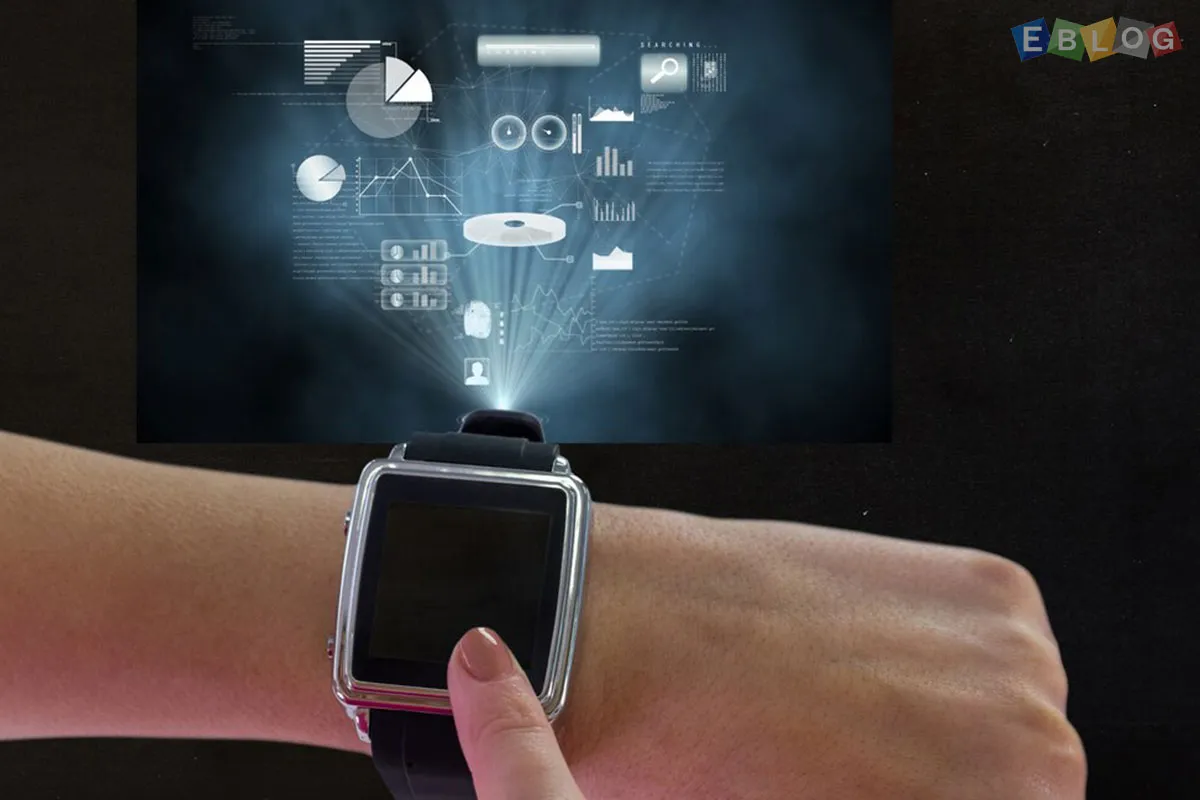
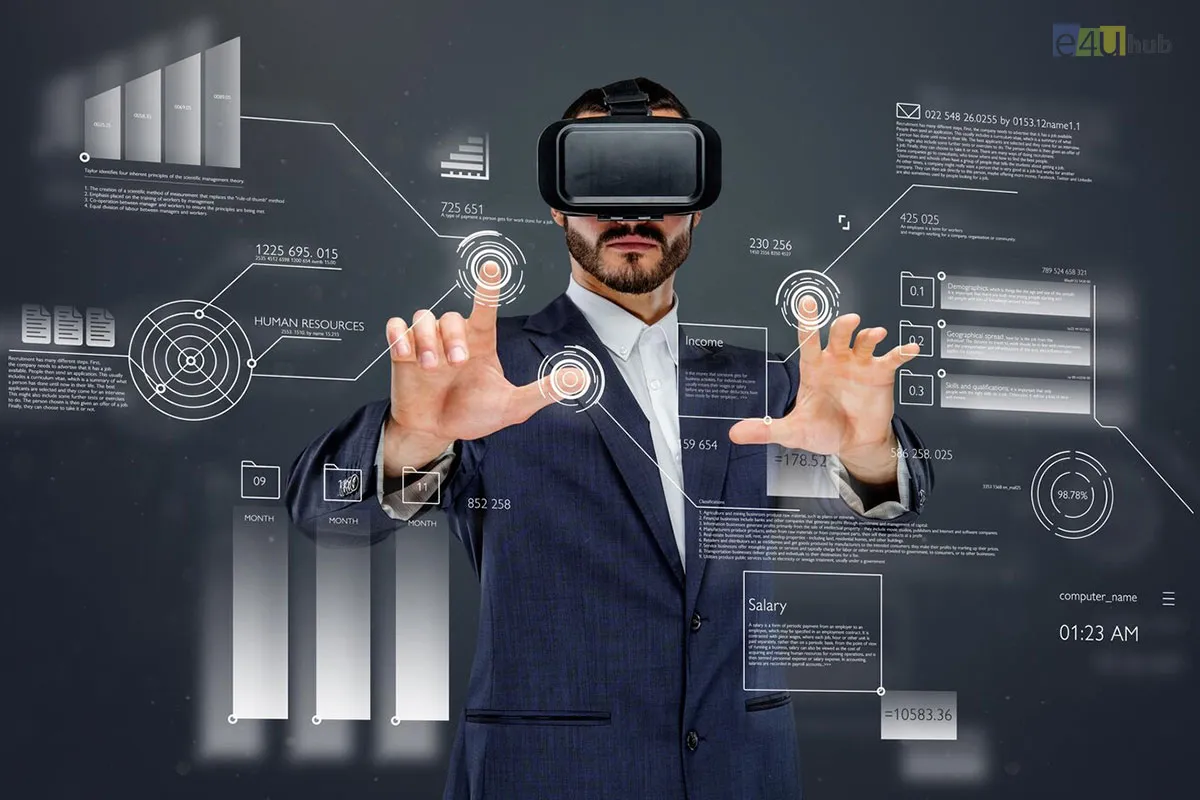

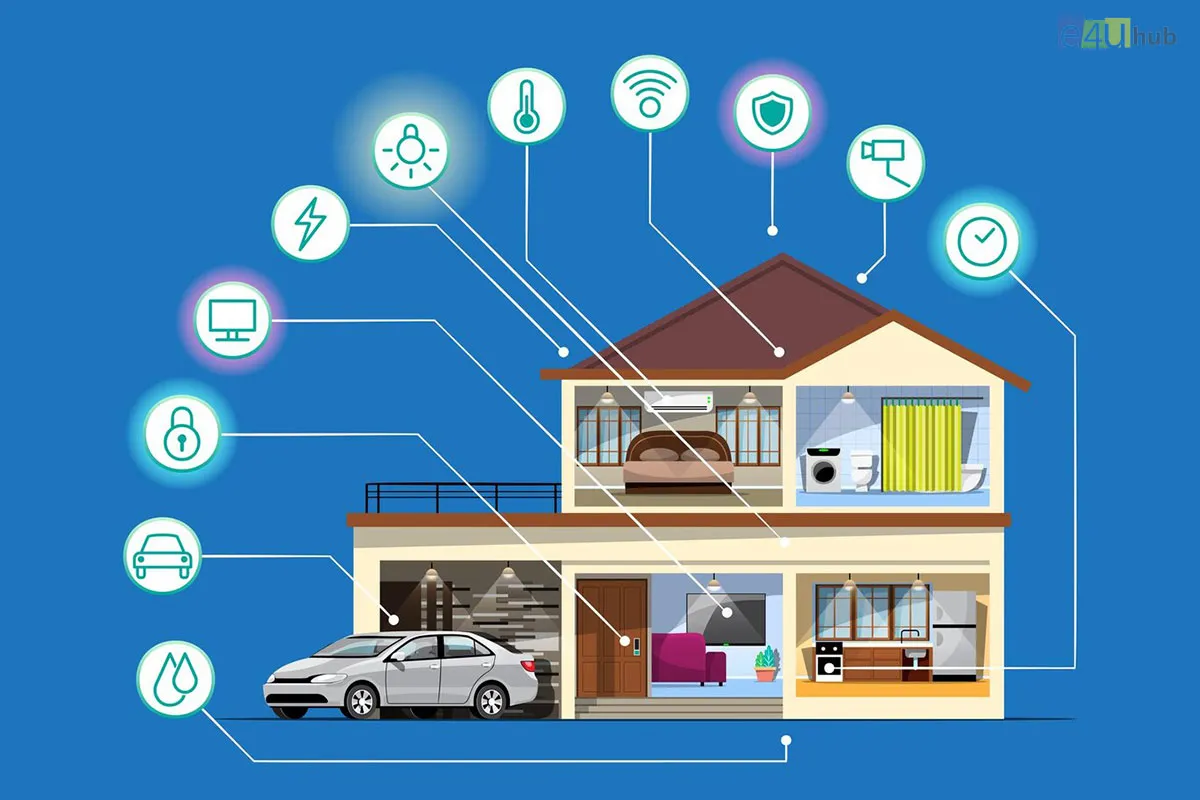


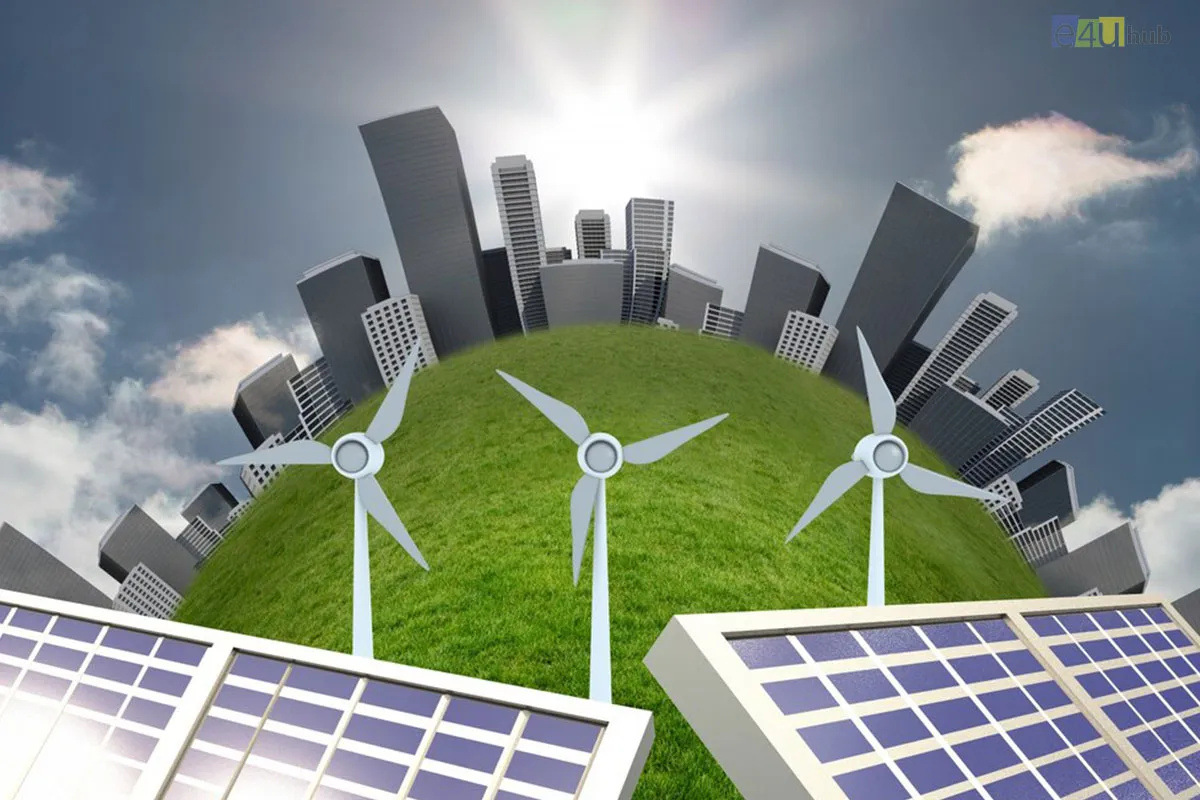
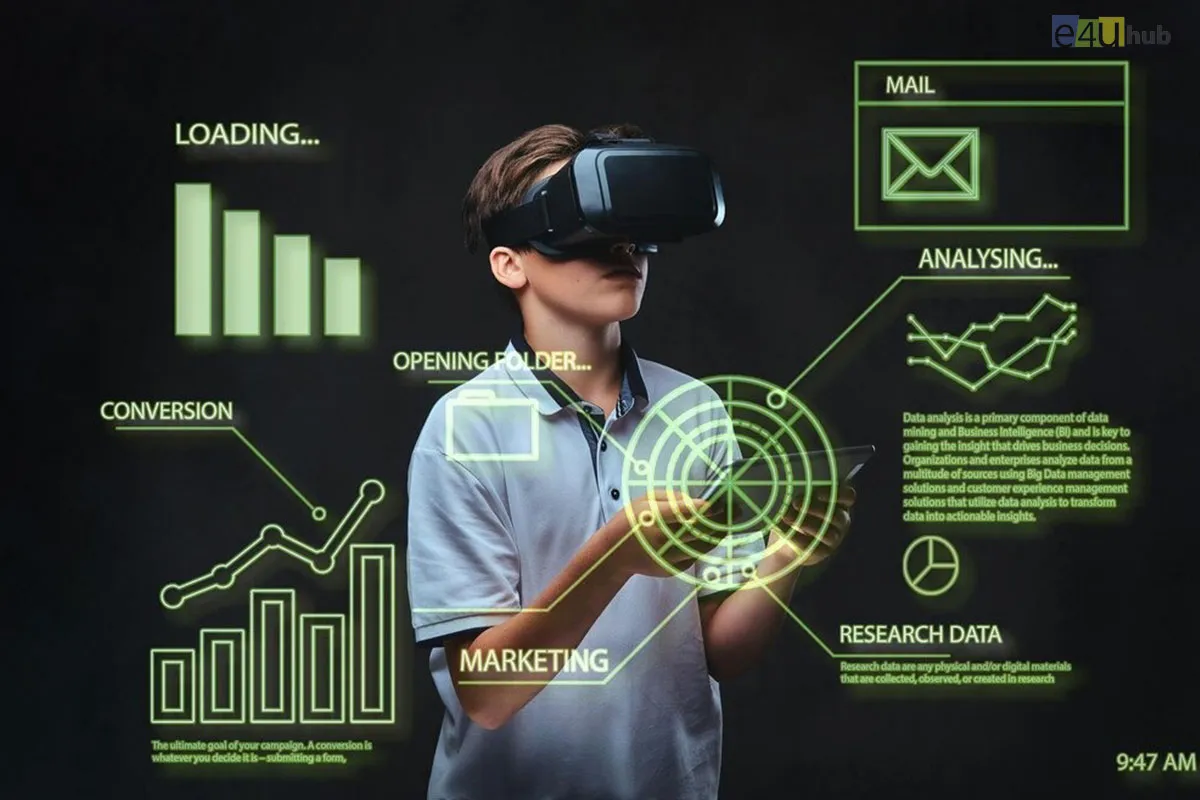




Leave a Reply